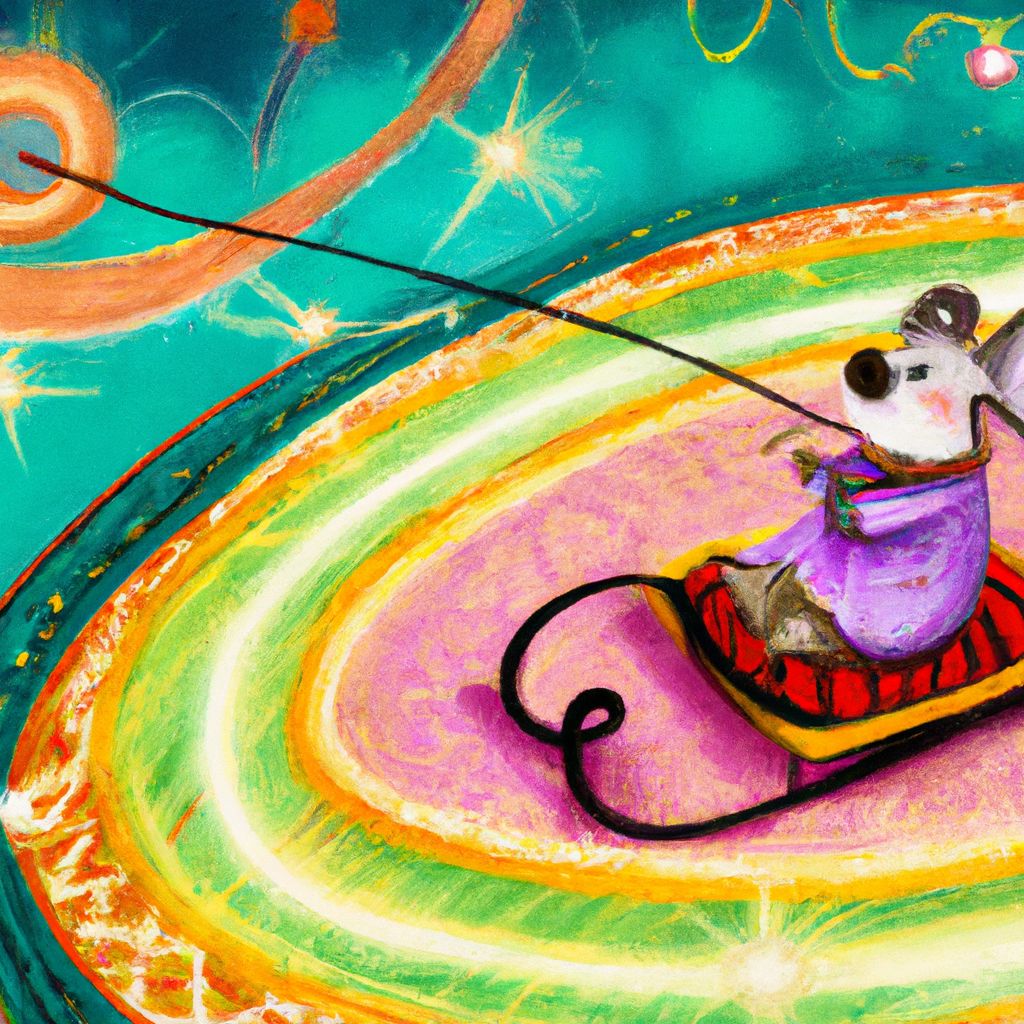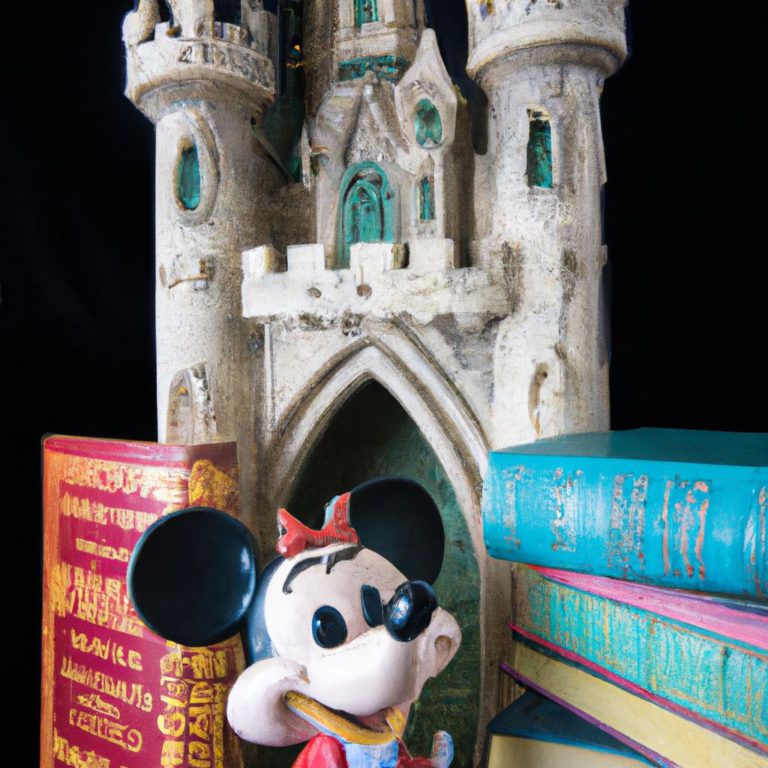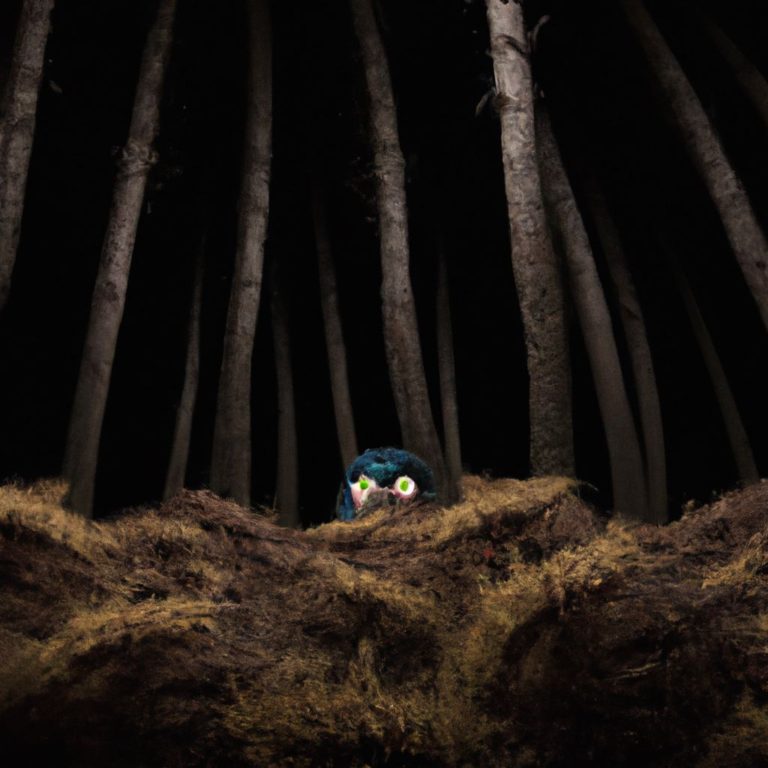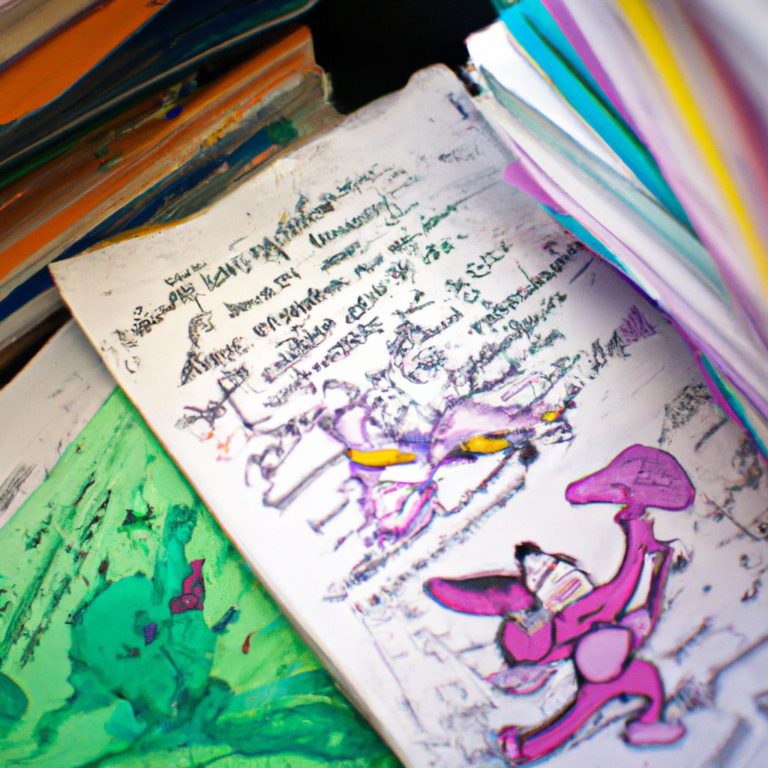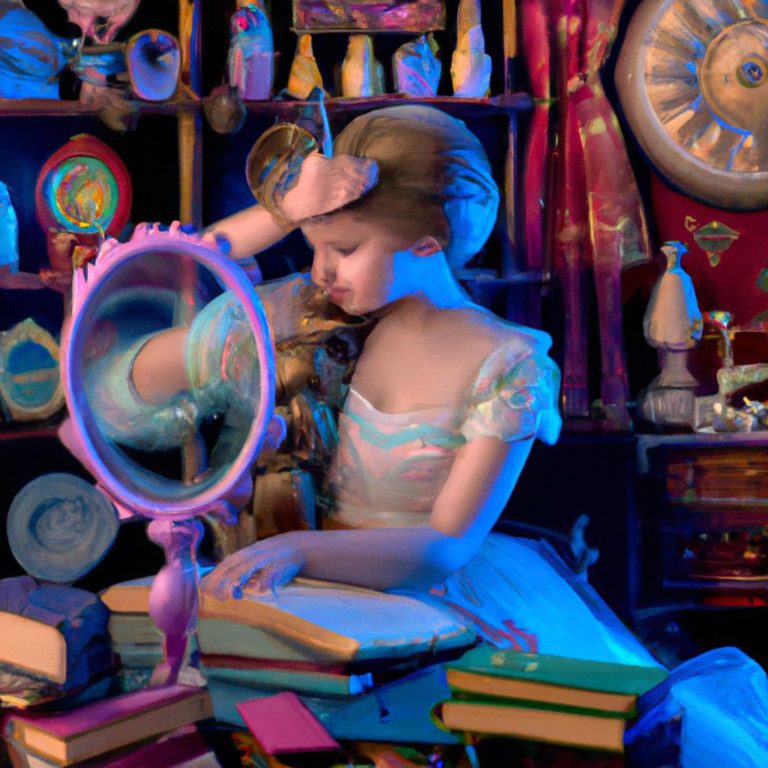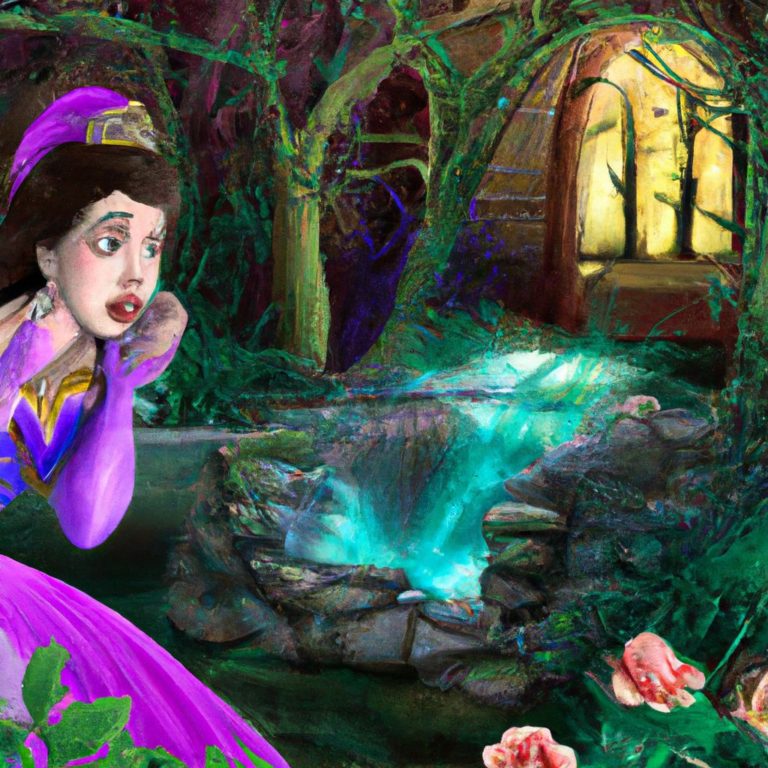Disney’s Approach To Storytelling
- 100 Disney Facts That Might Surprise You - June 24, 2023
- Secrets Of Disneyland Attractions - June 24, 2023
- Real Life Inspirations Behind Disney Movies - June 24, 2023
Introduction: Disney’s Approach to Storytelling
Disney has enchanted millions with their original storytelling style. Through lovable characters, thrilling narratives, and iconic music, they have created a magical experience to appeal to people of all ages.
Every Disney movie carries a message through its plot. For example, “Frozen” conveys the power of true love, and “Moana” speaks of the importance of perseverance.
Characters in Disney films are also carefully crafted. From princesses to talking animals, each character has an individual personality that viewers can relate to. They go through personal development on their journeys, teaching lessons along the way.
Music is another key part of Disney storytelling. Songs like “Let It Go” and “Circle of Life” are memorable, heightening emotional impact and leaving an impression long after the theater.
Disney also revolutionized animation techniques with the introduction of synchronized sound in Steamboat Willie. This commitment to innovation has led to visually stunning films like “Beauty and the Beast” and “Toy Story”.
Through their storytelling excellence, Disney has created a legacy that continues to inspire and entertain audiences worldwide. Their ability to take us to imaginary worlds is what makes them masters of storytelling.
Understanding the MECE Framework can be a daunting task. It’s like trying to untangle Christmas lights while blindfolded – frustrating, confusing, and likely to result in some choice curse words!
Understanding the MECE Framework
The MECE (Mutually Exclusive and Collectively Exhaustive) Framework is a powerful tool used in problem-solving. It breaks complex problems into distinct components. This allows for systematic thinking and structured decision making.
Each component should be separate and distinct. They should not overlap with each other. Together, these components should cover all aspects of the problem, with no gaps.
This framework helps businesses analyse problems holistically. It also helps them to create compelling narratives. Every element should be distinct and not overlap. All relevant factors must be addressed, leaving no gaps in understanding for the audience.
Disney follows the MECE Framework meticulously. They ensure each character has a unique role and purpose. They weave together various plotlines harmoniously. This captivates audiences and delivers engaging tales.
Understanding the MECE Framework is key for problem-solving and storytelling. Businesses can use it to create captivating narratives that resonate with audiences worldwide.
The Core Principles of Disney’s Storytelling: Dreams, imagination and happily-ever-afters!
The Core Principles of Disney’s Storytelling
To understand the core principles of Disney’s storytelling, delve into the power of emotion in their stories. Experience the range of emotions evoked by Disney’s narratives and how they contribute to their storytelling magic. Uncover the deep connection between emotions and the captivating storytelling techniques employed by Disney.
The Power of Emotion in Disney Stories
Disney stories are magical. They evoke strong feelings in viewers of all ages. Through clever use of storytelling, they create narratives that tug at our emotions.
Friendships, love, joy, sadness, fear, and excitement – Disney knows how to make us feel it all. Music and animation add extra layers to the story.
The animation brings characters to life. We can feel their joys and sorrows as if they were our own.
Walt Disney knew creating a connection with audiences was key to success. An example of this is Snow White and the Seven Dwarfs. Viewers were moved by her innocence and resilience – this helped establish Disney as a pioneer in animated storytelling.
The Importance of Characters in Disney’s Stories
Disney is famous for its amazing characters that draw in people of all ages. These characters are essential for the success of Disney’s narrative, since they make the stories come alive and create an emotional bond with the viewers.
From Mickey Mouse to Elsa from Frozen, Disney has presented us with a broad range of iconic and beloved characters. Every one of them is made with special traits, dreams, and hopes, making them appealing and relatable.
The characters move the plot along and give meaningful interactions with others in the story. They fight against difficulties, defeat obstacles, and develop personally throughout their adventure, keeping the audience engaged with their growth.
For example, look at the classic “Beauty and the Beast”. Through Belle’s strength and kindness, she changes the rude Beast into a loving prince. This transformation not only brings a pleasing ending, but also emphasizes the power of love and acceptance.
The production of these remarkable characters has deep roots in Disney’s history. Walt Disney himself saw the importance of strong character development in story-telling. He tried to construct characters that would have an impact on the audience on a profound level, recognizing that it is through these characters that we form an emotional connection with the tales being told.
The Art of Creating Memorable Songs in Disney Films
To create unforgettable songs that enhance storytelling, Disney utilizes music in a remarkable way. Explore how Disney harnesses the power of music to convey emotions, advance plotlines, and deepen character development. Discover the magic behind the melodies as we delve into the intricate connection between music and storytelling in Disney films.
How Disney Uses Music to Enhance Storytelling
Disney has a history of making iconic, memorable songs. Music has a special power to bond people to stories. Disney melodies and lyrics have multiple purposes. They set the mood and transport people to another world. They give character insight. They become global sensations.
Let It Go
from Frozen was a hit. It spent 33 weeks on the Hot 100 chart, earned an Oscar for Best Original Song. It became an anthem of empowerment. Disney’s music is a way to tell stories. It’s more than background score. It’s part of the experience.
Disney films are a visual symphony. The characters dance, the colors sing. We cry when Mufasa tragically dies.
The Influence of Visual Storytelling in Disney Animations
To understand the influence of visual storytelling in Disney animations, delve into the section exploring “The Use of Color, Animation, and Imagery in Disney Films.” Here, you will discover how Disney masterfully utilizes these elements to captivate viewers and bring their stories to life.
The Use of Color, Animation, and Imagery in Disney Films
Disney films use color, animation, and imagery to captivate viewers. These three create emotions, set the mood, and draw people into a fantasy world.
Colors distinguish characters. Vibrant hues stand for positivity, while dark shades symbolize villainy. Animation brings depth and life to characters. Imagery of breathtaking landscapes and intricate sets mesmerize viewers.
Color symbolism goes beyond character portrayal. It builds different settings. Warm tones suggest friendly places, and cool tones hint at mystery or danger. Animated scenes mix with live-action in films like Mary Poppins and Roger Rabbit.
Pay attention to how Disney uses color schemes to immerse you in a world of wonder and imagination. These characters need resolutions for their shaky friendships rather than their life choices.
The Role of Conflict and Resolution in Disney Stories
Conflict and resolution are essential components in Disney tales, with their enthralling and dynamic stories. Let’s discover the main elements that contribute to this magical world.
- 1. Tension: Conflict is key in Disney stories, usually pitting heroes against huge obstacles. This builds suspense and makes us care about the result.
- 2. Character Development: Conflicts help characters grow and change. Through facing challenges, they learn life lessons and become stronger, inspiring us with their fortitude.
- 3. Engrossing Plotlines: Conflict acts as the motor for gripping storylines, with stakes for the characters. It keeps us glued, waiting to see how the conflicts are resolved.
- 4. Emotional Connection: Conflict stirs powerful emotions in viewers by connecting with universal struggles. The journey to resolution allows us to empathize and bond with the characters.
- 5. Moral Lessons: Disney stories often teach morals through conflict and resolution. By exploring themes of love, friendship, and bravery, these tales pass on meaningful life lessons to all ages.
Disney’s storytelling doesn’t end here; it utilizes conflict in new ways to entertain and educate.
Featuring awe-inspiring visuals, unforgettable music, and uplifting messages of hope, Disney creates stories with intricate conflicts that touch people around the globe.
So join us on this magical ride through Disney storytelling! Don’t miss the chance to uncover the secrets behind their creative narratives that captivate hearts around the world.
Disney may have a palace of princesses, but they also make space for inclusive stories, showing that happily ever after takes all forms.
Disney’s Approach to Diversity and Inclusion in Storytelling
Disney is renowned for its unique storytelling style. Diversity and inclusion are key aspects of this. Representing cultures, backgrounds, and perspectives in stories makes them more authentic and relatable. This allows a deeper connection between viewers and characters.
Disney goes beyond simply casting diverse actors or creating diverse characters. They strive to bring cultural experiences to life through collaboration with experts from various communities. This attention to detail allows them to seamlessly incorporate diverse elements into their stories, promoting cultural recognition and understanding.
Underrepresented voices are included both behind and in front of the camera. Disney actively seeks out diverse talent from all areas of filmmaking, giving these individuals a platform where their stories are heard.
Not just limited to movies and TV shows, Disney’s commitment to diversity and inclusion extends to their theme parks. Guests are able to explore different cultures through immersive experiences. African savannah in Animal Kingdom or Arendelle in Frozen Ever After offer chances to engage in diverse narratives from all over the world.
Forbes magazine has reported that Disney’s commitment to diversity has led to greater profits, as it draws in wider audience demographics. Disney’s storytelling approach has been a hit across generations, ensuring continuous nostalgia…and merch purchases.
Conclusion: The Lasting Impact of Disney’s Approach to Storytelling
Disney’s groundbreaking methods of storytelling have left a massive imprint on the entertainment industry. Their skill in drawing viewers in with captivating tales has raised the bar for storytellers everywhere.
The key to Disney’s success lies in their talent for creating lovable, unforgettable characters, such as Mickey Mouse and Elsa. They touch people of all ages, resonating deeply with audiences.
Disney’s stories incorporate age-old themes that go beyond any one culture. From dreams to resilience, these shared values let people from any background relate to the characters and stories. This is why their tales have been passed down through the generations.
The visuals in Disney’s animations also add to the magic of their stories. Every frame is carefully drawn, providing a rich and immersive experience that transports viewers to another realm.
A great example of Disney’s far-reaching influence is “The Lion King.” Most people know Simba’s story – he’s exiled and must reclaim his kingdom. But what many don’t know is that it was made into a Broadway show that still enthralls viewers today. With its breathtaking visuals and moving performances, it’s a testament to Disney’s storytelling genius.

